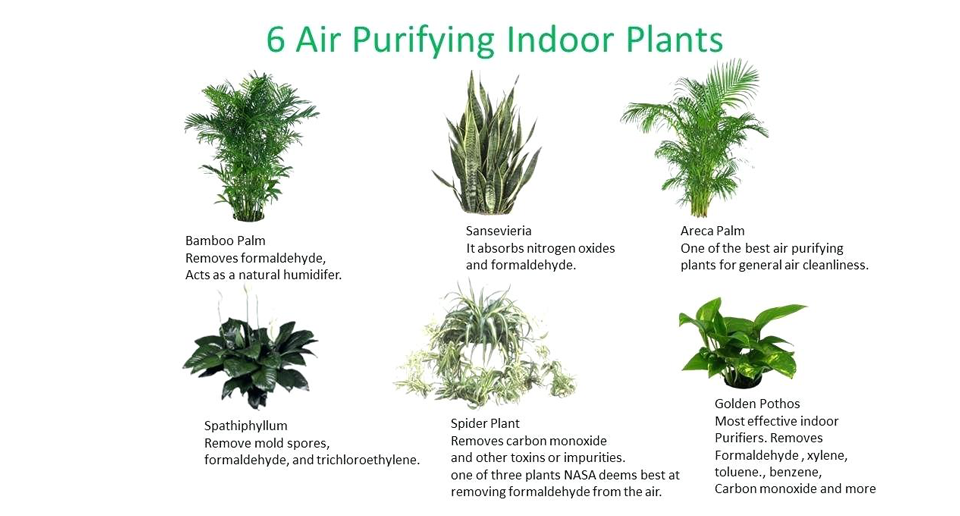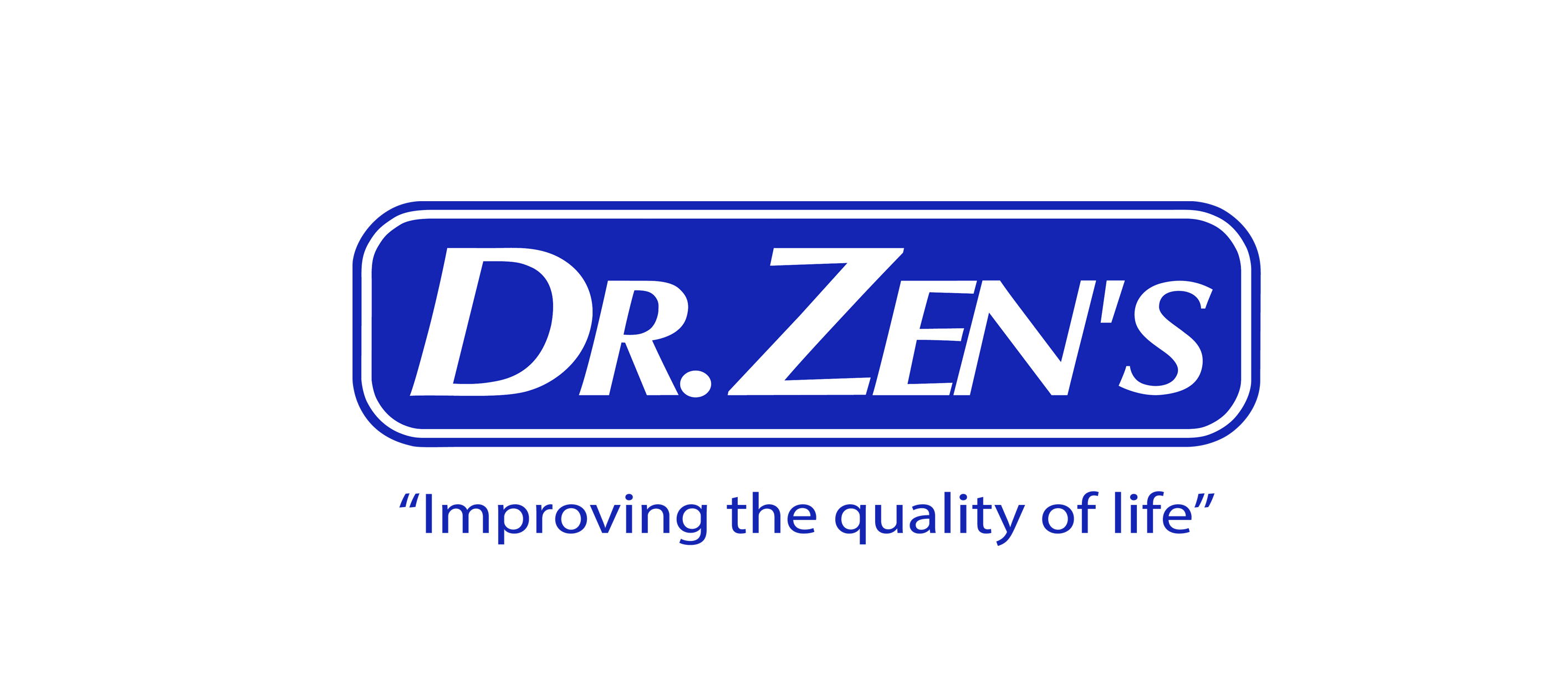
Jan 27 , 2019
0 Comments
Effective Ways to Refine Your Indoor Air
We spend at most 90% of our time indoors, and what’s worse is that the air we breathe inside a closed space is actually 2 to 5 times more polluted and toxic than what we breathe outdoors. The longer exposure to this, the higher the risk of developing rashes, fatigue, asthma and other bronchial problems.
This is a matter everyone has to act on quickly. So here are the few tips on how you can improve the air quality you breathe at home.
Let the fresh air in
The air inside your home may contain chemicals from cleaning products, hair sprays, paints, and gas stoves, and in high concentration, could cause health problems to your family. They don’t dissipate on their own. Keeping your windows constantly closed may trap these air irritants indoors with you. Quickly freshen your indoor air once in a while and escort air pollutants out by opening your windows two hours before sunrise, or late at night—when smoke and outdoor allergies are still in low concentration.
Trust the houseplants
According to a study of NASA, “Houseplants can purify and rejuvenate air within our houses and workplaces, safeguarding us from any side effects associated with prevalent toxins like ammonia, formaldehyde and also benzene.”
One of the things that you can easily less effort is by situating two or three houseplants in the corners of your home.
Dust and keep your floors clean and dry
Do not allow dust and pet dander to build up anywhere in your home. They immediately settle on the floor and are suspended in the air your entire family breathes. Sweeping and damp mopping help ensure a good quality of indoor air.
Don’t wear outdoor shoes indoor
Your shoes can pick up herbicide, pesticides, allergens and other bacteria as you walk around outside. Leave a mat outside and inside your door so you can give your sole a good wipe before coming in. Place a shoe rack closer to your door so you can set down your shoes in a neat and orderly manner.
Don’t smoke in or near your home
Cigarette smoke is one of the leading causes of lung cancer. The cigarette smell lingers for several hours and residue could stick to your walls, carpets, and other surfaces, even after the smoke clears. It’s just so awful. Ban smoking from your home and its premises to prevent this kind of pollution affecting the entire family.
Get rid of dust mites
Dust mites are microscopic bugs that feed off pet and human dander. They thrive in warm, humid environments and live in the fabric of your home such as bedding, cushions, curtains, stuffed toys, and upholstered furniture. They can irritate your nose, and throat, and trigger asthma, and other allergies.
For prevention, replace your blinds with washable curtains; wash your sheets and blankets weekly in hot water. Bathe and comb your pets, and keep them off your beddings and sofas to minimize the build-up of dander.

Use the right air purifier
Admit it, there are certain areas bare hands can’t really clean. Achieve spotless cleaning by choosing the right purifier with HEPA filter just like Purifirst It can filter out ultrafine particles that commonly lead to health issues such as molds, dust, and allergens, with up to 99.9% purification rate. It has seven air filters that prioritize resolving your air problems, so you can sleep better at night.
Best Indoor Locations for Your Air Purifier
Air purifiers, such as Purifirst (hyperlink to Purifirst product page), have a great deal of benefits, not to mention its long-term positive effect on you and your family’s health. To be able to bring and experience the best out of it to your home, its placement matters as well. Here are the few things you may follow through in determining at which part of your house should you place your newly-acquired air purifier.

Near the contaminant
Most of the pollutant sources, if not all, has a lingering odor. You may put the air purifier next or close to the source of pollution so that it can effectively and easily trap the particles and preventing extended unsafe exposure of your family. For instance, you may situate your unit a few feet away from the trash can or near the bathroom. You may also consider places of suitability for bacterial growth.
Another best location to put your air purifier is next to your door where it can block the outdoor air pollutants before spreading themselves into your home.
In a corner
Placing it at the center of your room lets it work faster and provide you the full benefit of breathing filtered air instantly, but it may become a trip hazard. Place it in the corner of the room where it can still have access to many airborne particles that have run rampant. Just always remember to keep a few feet of clearance at the top, front, and sides for your unit to maximize its efficiency.
Bedroom
Air purifiers are just best to be put where you spend most of your time—and one of those places is the bedroom. For those who suffer from allergies, invest on a unit with a HEPA filter which can trap allergens in your air, preventing any kind of allergic or asthma attack, and provide clean atmosphere during the night. Prioritize your kids’ bedroom, as they are more susceptible to health problems.
Place your air purifier a few feet away from the walls. And as much as possible, keep your pets out of your bedroom as they tend to shed off dander.
Quick Reminders
- Keep it in distance with the curtains. Curtains tend to inhibit air flow.
- Shut all air passages such as doors and curtains. Open spaces would require the unit to work much harder since openings continuously let in unfiltered air.
- Keep it away from stove and alike just like any other equipment.
- Don’t put it near or close to other small electronics such as TV, microwaves, or stereo equipment,
- Don’t expose it in extremely hot areas, or direct sunlight.
- For maximum effectiveness, use your air purifier for what room size it is best intended for.
